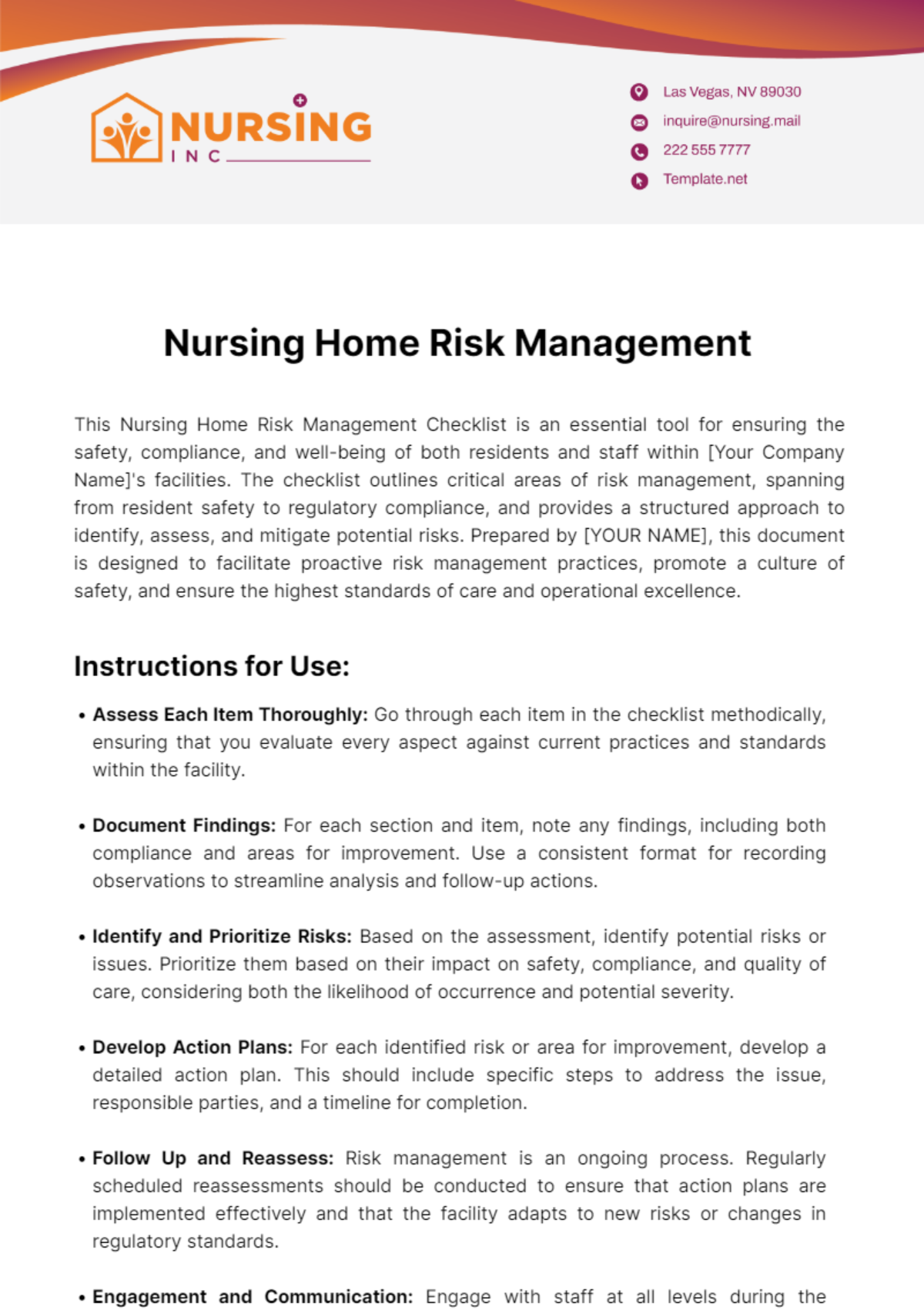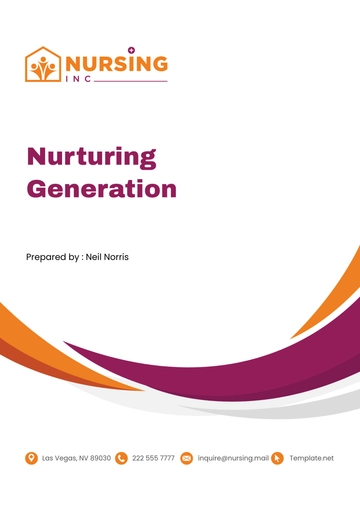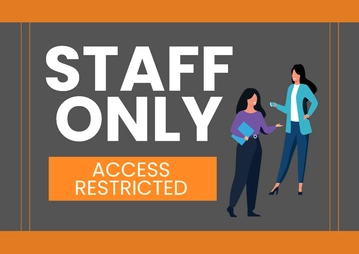Nursing Home Risk Management
This Nursing Home Risk Management Checklist is an essential tool for ensuring the safety, compliance, and well-being of both residents and staff within [Your Company Name]'s facilities. The checklist outlines critical areas of risk management, spanning from resident safety to regulatory compliance, and provides a structured approach to identify, assess, and mitigate potential risks. Prepared by [YOUR NAME], this document is designed to facilitate proactive risk management practices, promote a culture of safety, and ensure the highest standards of care and operational excellence.
Instructions for Use:
Assess Each Item Thoroughly: Go through each item in the checklist methodically, ensuring that you evaluate every aspect against current practices and standards within the facility.
Document Findings: For each section and item, note any findings, including both compliance and areas for improvement. Use a consistent format for recording observations to streamline analysis and follow-up actions.
Identify and Prioritize Risks: Based on the assessment, identify potential risks or issues. Prioritize them based on their impact on safety, compliance, and quality of care, considering both the likelihood of occurrence and potential severity.
Develop Action Plans: For each identified risk or area for improvement, develop a detailed action plan. This should include specific steps to address the issue, responsible parties, and a timeline for completion.
Follow Up and Reassess: Risk management is an ongoing process. Regularly scheduled reassessments should be conducted to ensure that action plans are implemented effectively and that the facility adapts to new risks or changes in regulatory standards.
Engagement and Communication: Engage with staff at all levels during the assessment process to foster a culture of safety and compliance. Communication with residents and their families is also crucial to maintain transparency and trust.
Section 1: Resident Safety
Section 2: Staff Training
Section 3: Facility Maintenance
Section 4: Compliance with Regulations
Section 5: Communication and Transparency
By adhering to this checklist, [Your Company Name] demonstrates its unwavering commitment to providing a safe and nurturing environment for all residents and staff members. This proactive approach to risk management is integral to maintaining the highest standards of care and operational integrity within our nursing home facilities.
Nursing Home Templates @ Template.net






























